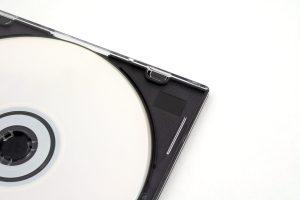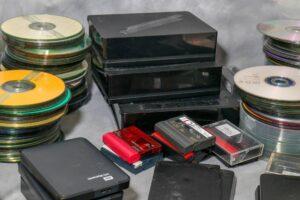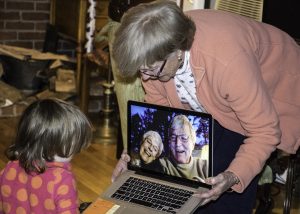
According to Wikipedia, “The DVD (common abbreviation for Digital Video Disc or Digital Versatile Disc) is a digital optical disc data storage format invented and developed in 1995 and released in late 1996.” DVDs can be used to play media on DVD players, or to simply hold large data files that don’t fit on a CD. DVDs are a widely popular format for sharing and viewing digital media.
Wikipedia describes Blu-ray discs (BD) as “a digital optical disc storage format. It is designed to supersede the DVD format, and capable of storing several hours of high-definition video (HDTV 720p and 1080p). The main application of Blu-ray is as a medium for video material such as feature films and for the physical distribution of video games for the PlayStation 3, PlayStation 4, PlayStation 5, Xbox One, and Xbox Series X.”
In an article titled “Are DVDs Dying Out? Will The DVD Disc Become Obsolete?” by Tech Geek Base, Blu-rays are described as “not really a good replacement” for DVDs because, “the Blu-ray disc variety is so confusing (and often incompatible) for the consumer.” Blu-ray discs are also more expensive than DVDs and require the purchase of a blue-ray disc player.
Streaming video services are the main competition for DVD videos. Tech Geek base describes the popularity and convenience of the streaming services: “You don’t put a disc in a player, you simply select the streaming service of choice and immediately start watching.” The drawback of the streaming services is that you don’t own the movies, you are “renting” them through your monthly subscription to the streaming service. Teck Geek Base also points out “every streaming service will have its own exclusive shows and movies to choose from, so users are forced to have multiple subscriptions. Capitalism at its finest.”
Linnea, a commenter on the Teck Geek Base article shared her reasons for sticking with DVDs: “The problem with streaming services is that they might not have the movie/show you want to see available at any given time. Yes, you can buy a digital copy, but the company can take it back without issuing you a refund.
About 5 years ago, I purchased digital copies of all 13 seasons of King of the Hill from Amazon. About a year later, I noticed that Season 11 had become “unavailable.” I called Amazon and they told me that Season 11 had become unavailable due to a “licensing issue.” Apparently when you buy digital copies, you aren’t guaranteed to own them forever. They can be made unavailable due to licensing issues and you’re out of luck: you paid to own it, but it can be taken back at any time, no refunds. Basically digital copies are just rentals of indefinite length. You don’t really own what you bought.
I’ve had people tell me, “Well, this is why you need to download your digital copies and save them to a flash drive.” That doesn’t really work. If you try to download a digital copy of a movie, it downloads into two dozen separate files that won’t play on a video player. Maybe a tech-savvy person could figure out how to make a downloaded digital copy play, but I am not that person. Besides, if I have to download it to a flash drive – a physical piece of hardware – then I might as well just buy a physical copy. What’s the point of a digital copy if it still has to take up physical space in your home? I personally would rather have a DVD collection than a flash drive collection.
So now I buy DVDs again (thinking of upgrading and buying a Blu-ray player too, but that’s a different story). Yeah, DVDs take up physical space, but at least when I buy a physical copy, I *know* it’s mine forever.”
At AllYourMemoriesOnDVD.com, we are of the opinion that DVDs are not on the way out- especially for our particular service of digitizing and preserving home movies. Reason one: you don’t need Blu-ray because the original home movie memory was captured in standard definition. In other words, you can’t make your material high definition by saving it on a disc that is capable of holding high definition footage-you will simply be paying more for the disc for no reason. Another reason we believe DVDs are not on the way out is because a majority of our customers ask for DVDs- they are in demand. We have seen an increase in the number of customers requesting flash drives or hard drives because they either want to edit the material themselves on their computer or because their laptops do not contain DVD drives. It is often a matter of preference when it comes to the format you wish to store you home movie memories on: DVD or drive, but DVDs are here to stay!
Sources we consulted to write this article:
https://en.wikipedia.org/wiki/Blu-ray
https://en.wikipedia.org/wiki/DVD
https://techgeekbase.com/dvds-dying-out-become-obsolete/




